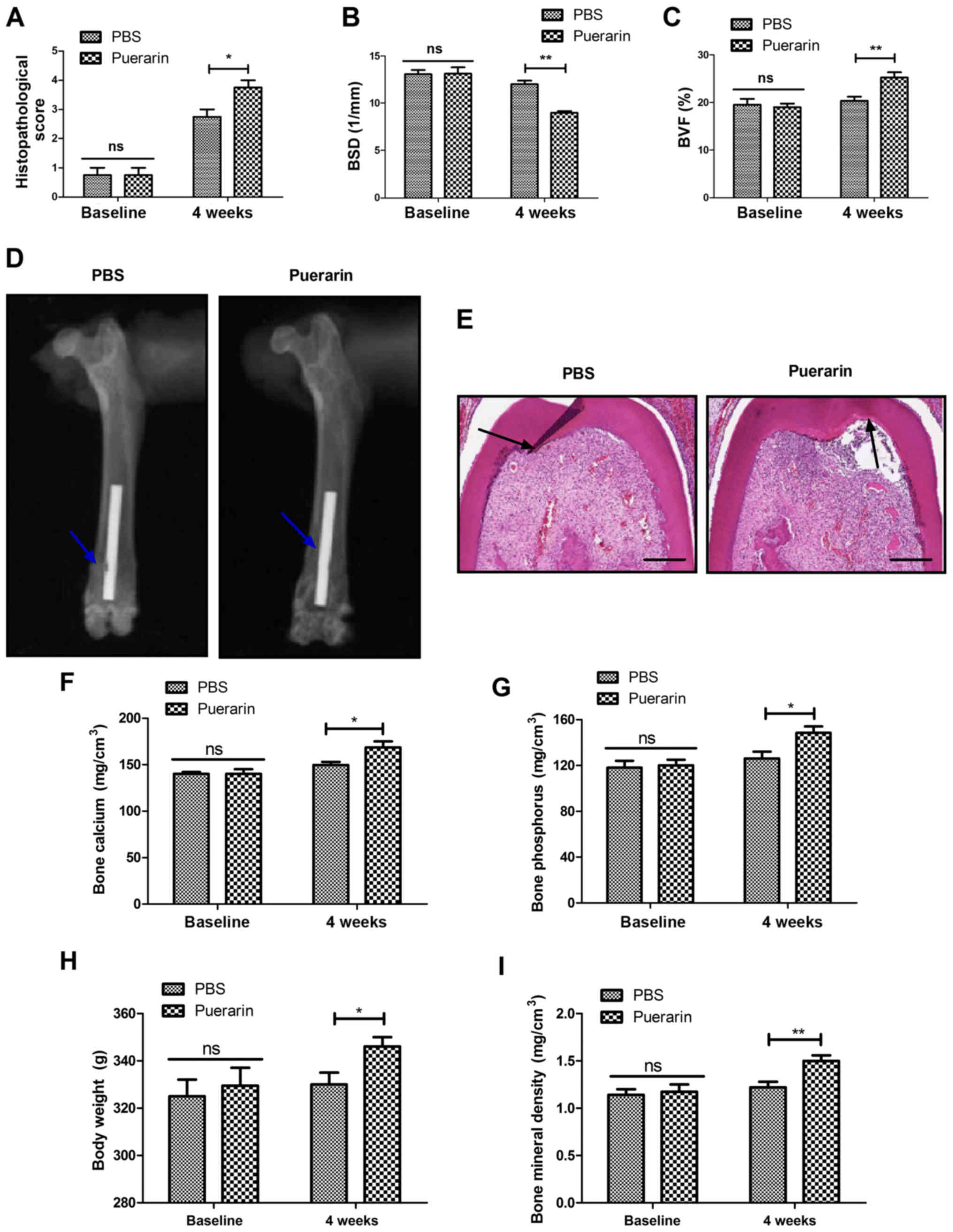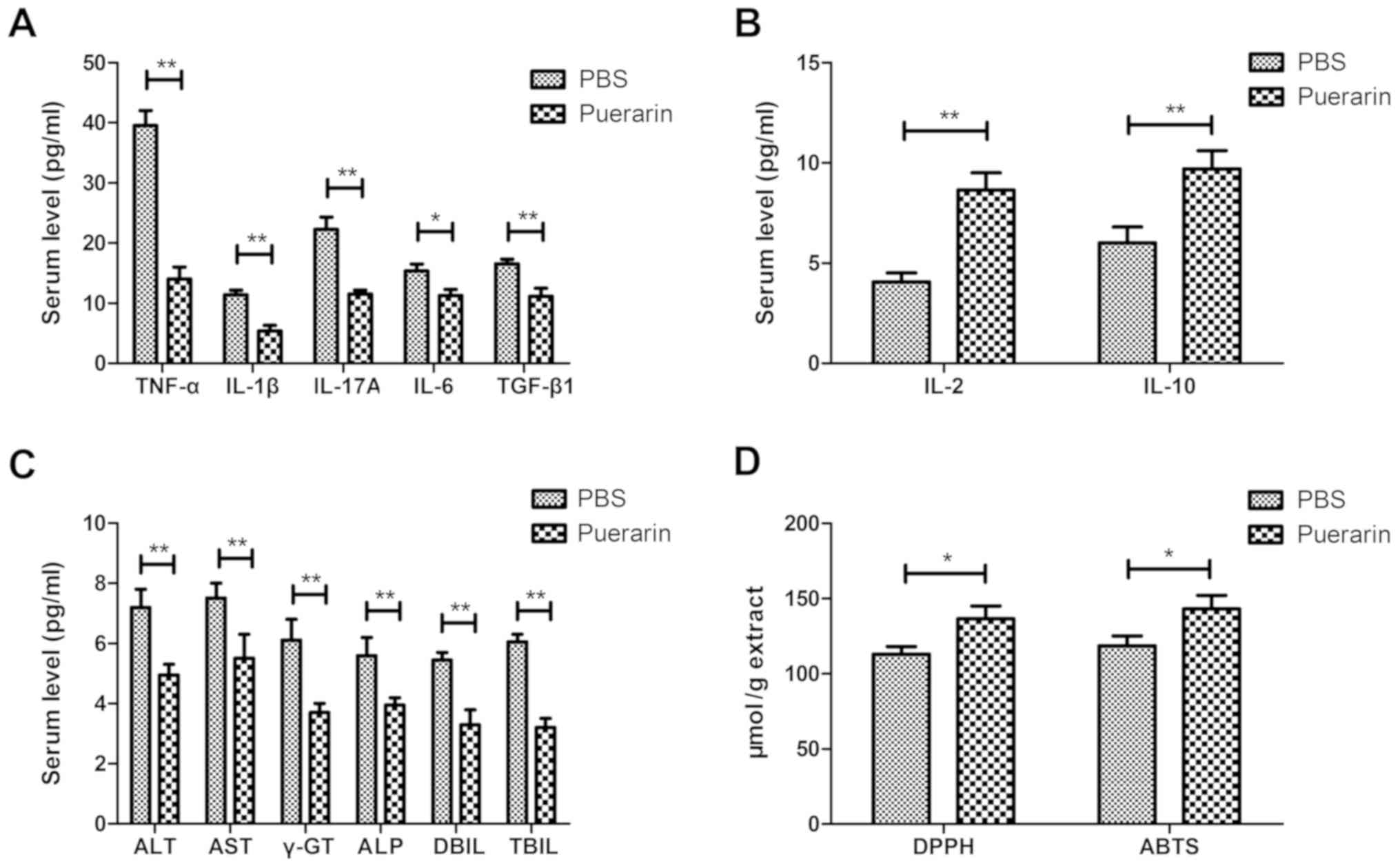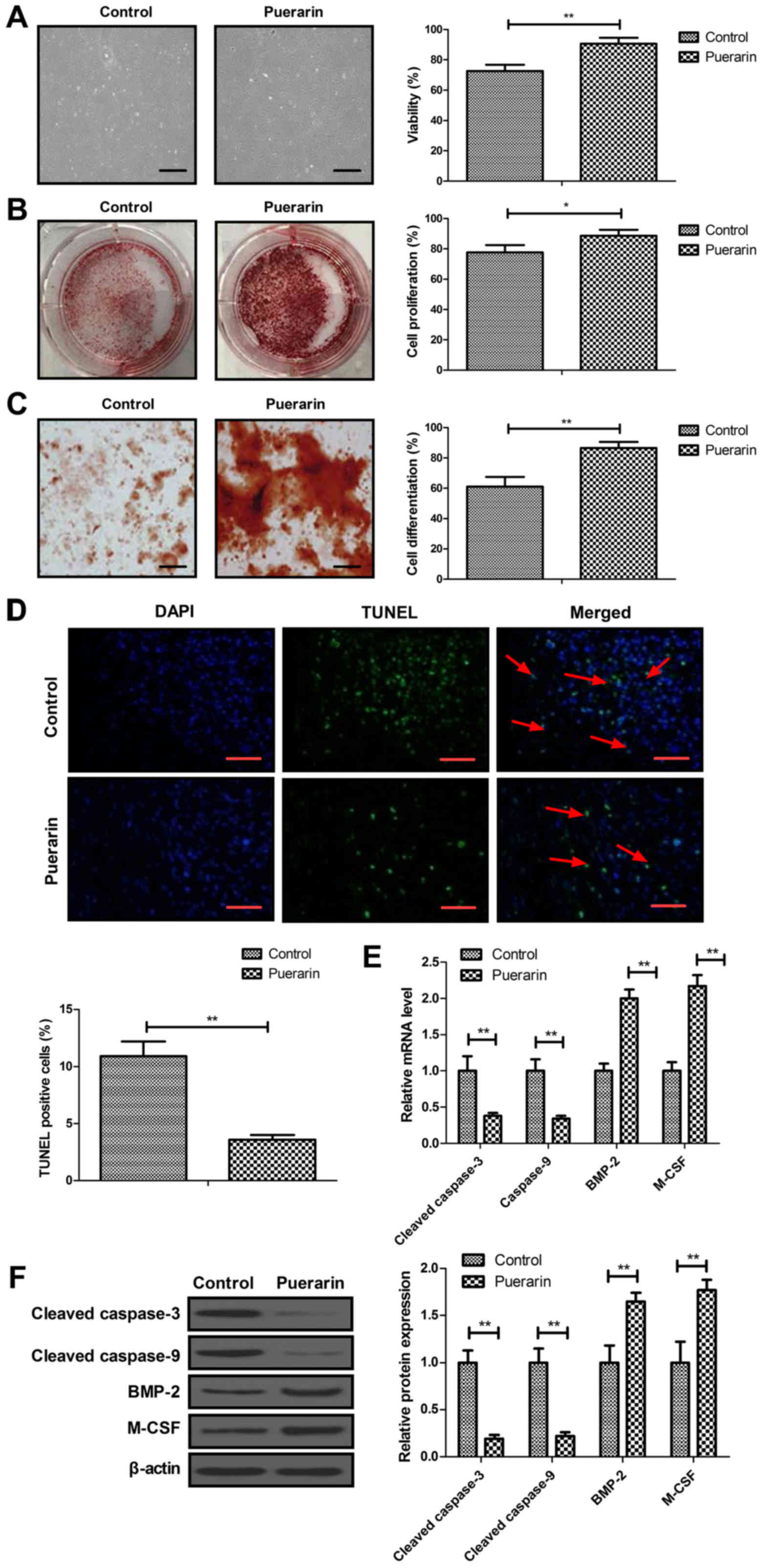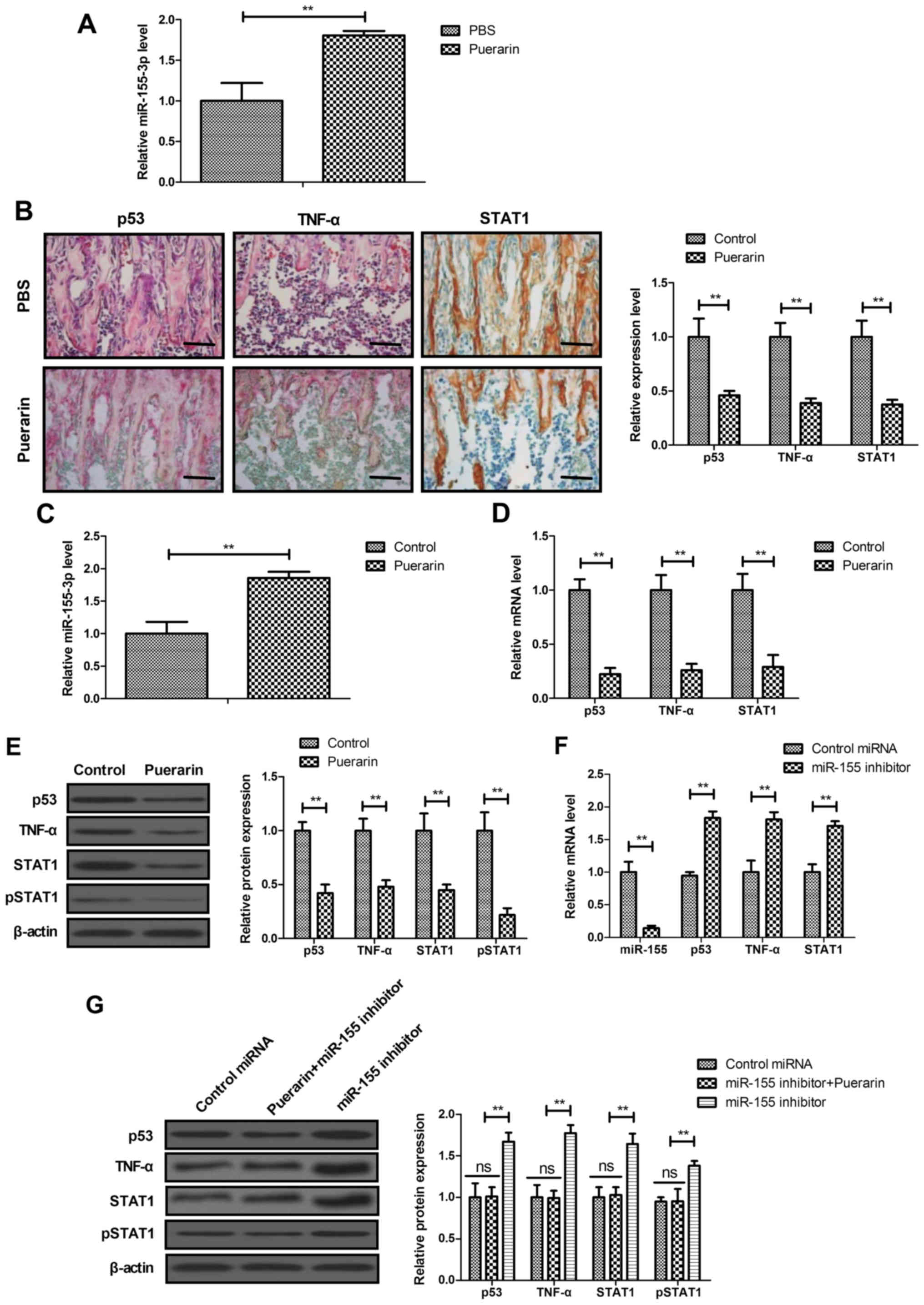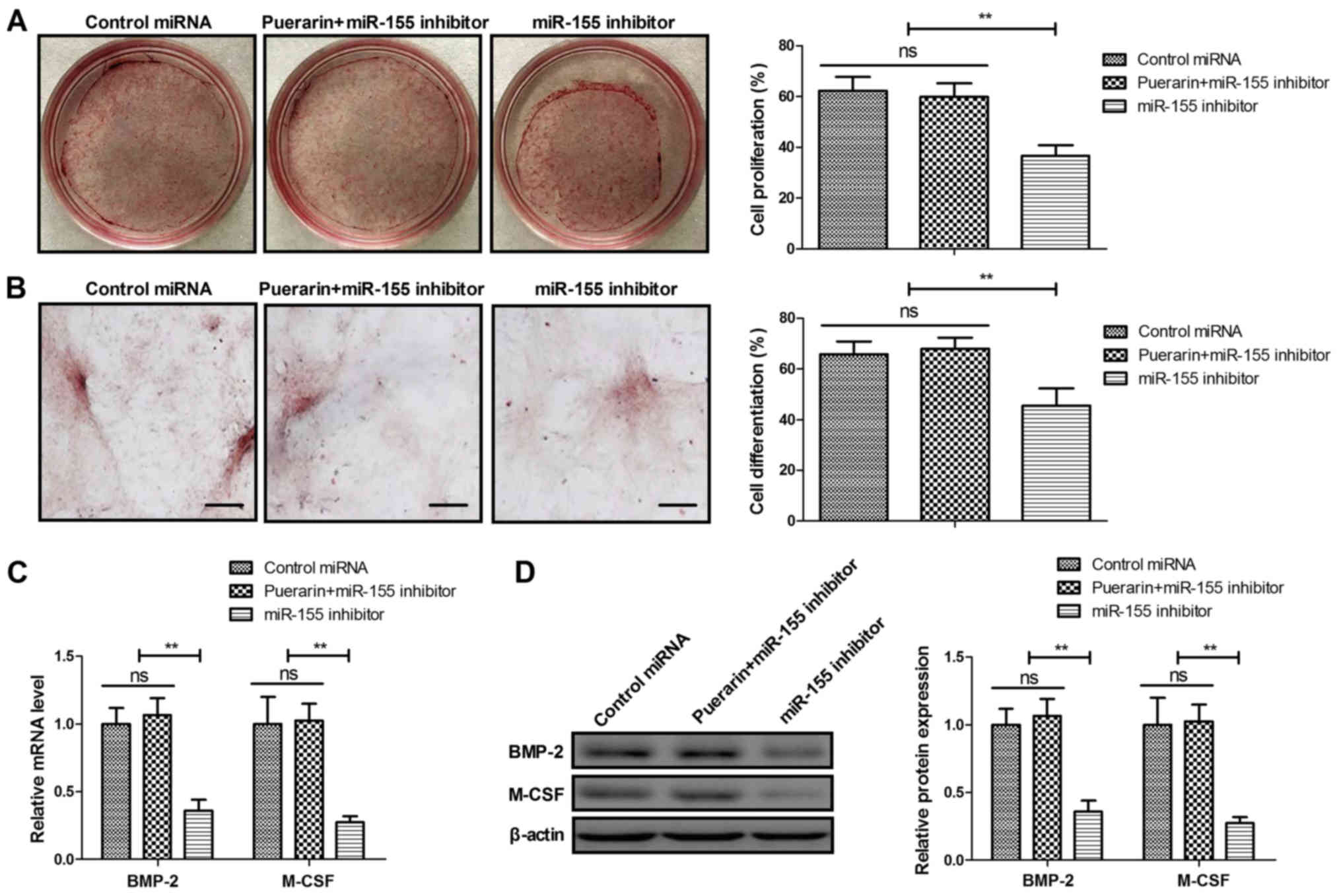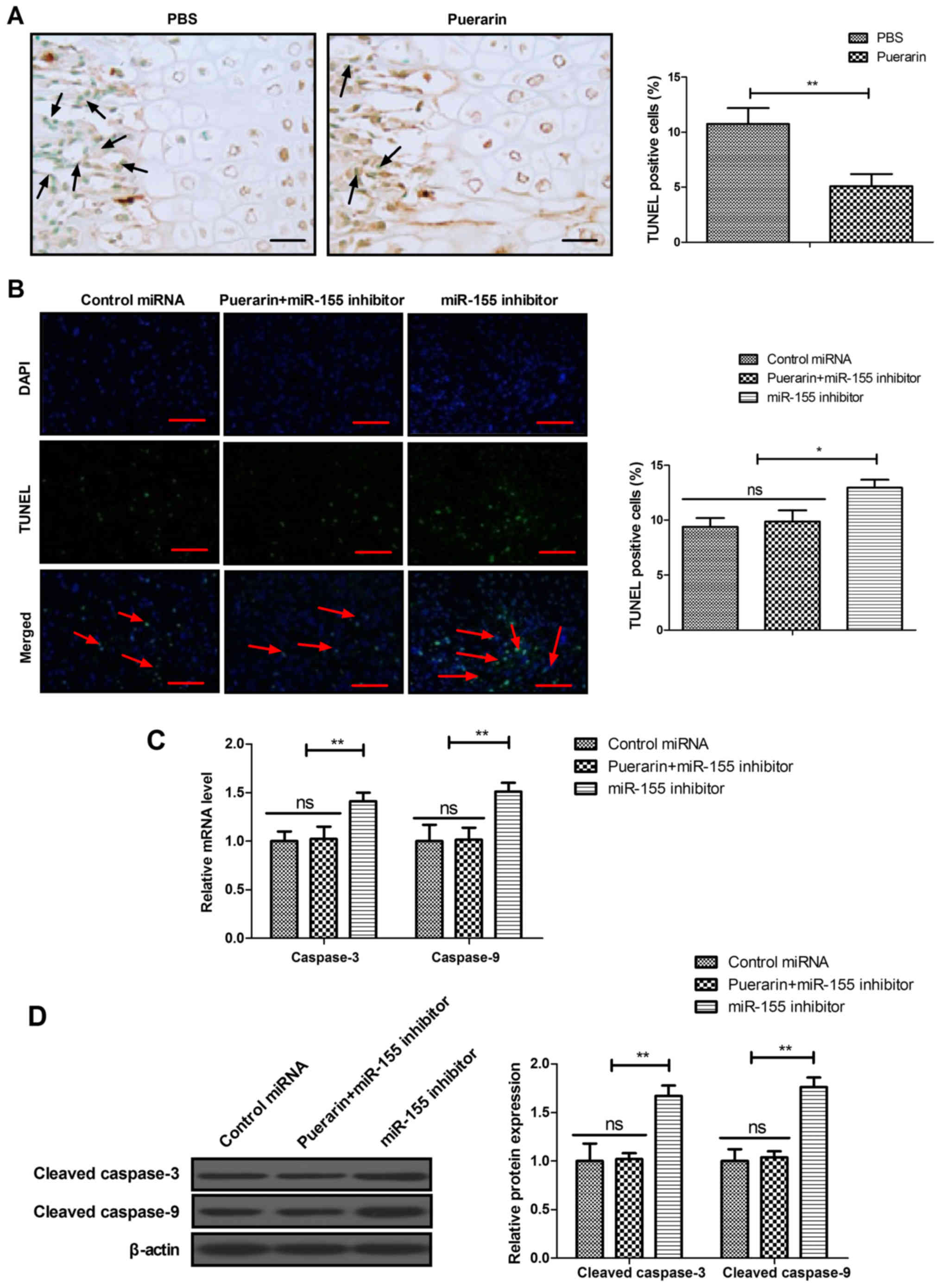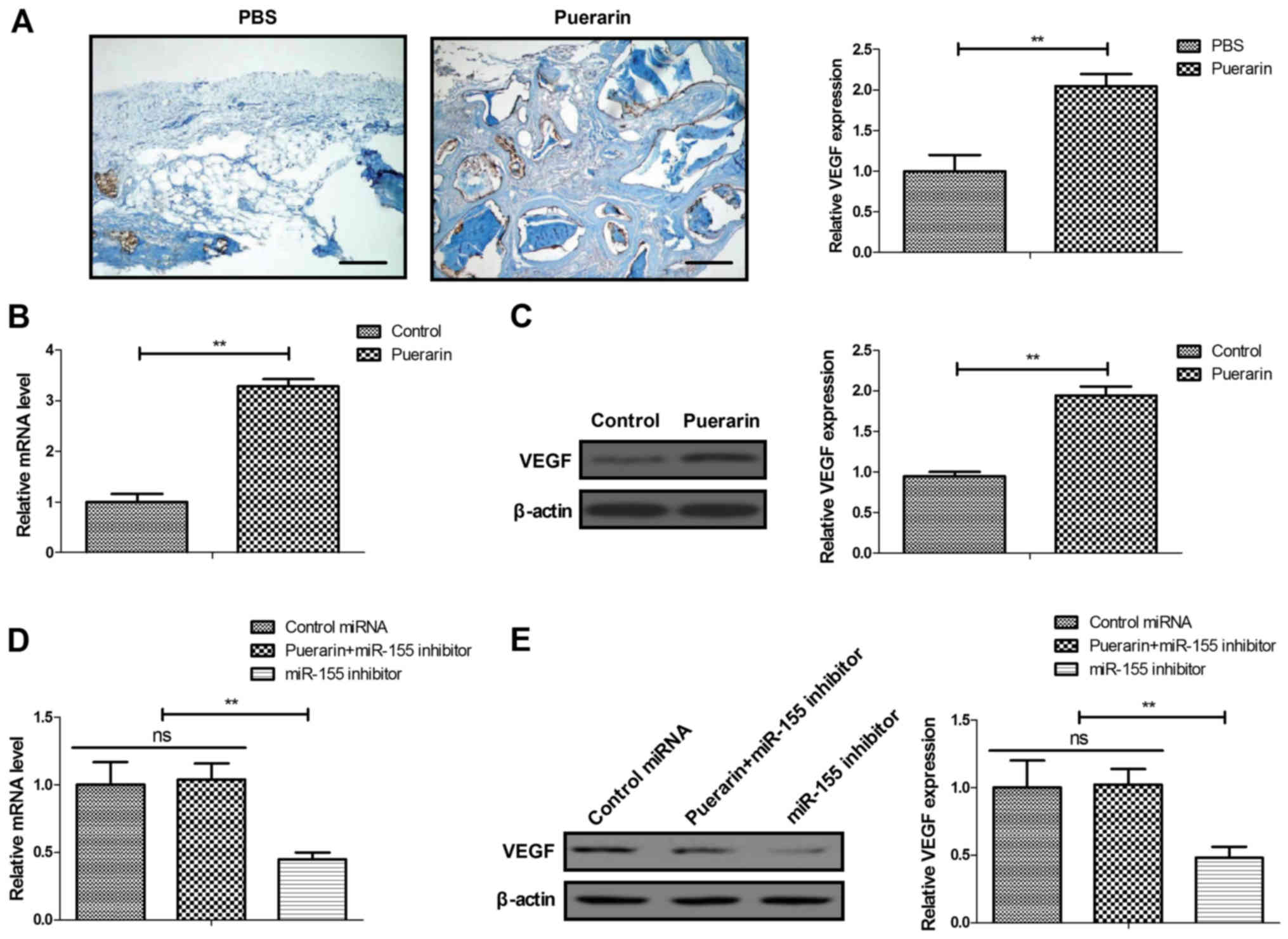|
1
|
Cha JK, Sanz M and Jung UW: Human autopsy
study of peri-implant dehiscence defects with guided bone
regeneration: A case report. Int J Periodontics Restorative Dent.
39:517–524. 2019. View Article : Google Scholar
|
|
2
|
Basler T, Naenni N, Schneider D, Hämmerle
CHF, Jung RE and Thoma DS: Randomized controlled clinical study
assessing two membranes for guided bone regeneration of
peri-implant bone graft defects: 3-year results. Clin Oral Implants
Res. 29:499–507. 2018. View Article : Google Scholar : PubMed/NCBI
|
|
3
|
Thoma DS, Jung UW, Park JY, Bienz SP,
Hüsler J and Jung RE: Bone augmentation at peri-implant dehiscence
defects comparing a synthetic polyethylene glycol hydrogel matrix
vs. standard guided bone regeneration techniques. Clin Oral
Implants Res. 28:e76–e83. 2017. View Article : Google Scholar
|
|
4
|
Martelli A and Santos AR Jr: Cellular and
morphological aspects of fibrodysplasia ossificans progressiva.
Lessons of formation, repair, and bone bioengineering.
Organogenesis. 10:303–311. 2014. View Article : Google Scholar : PubMed/NCBI
|
|
5
|
Ma R, Tang S, Tan H, Qian J, Lin W, Wang
Y, Liu C, Wei J and Tang T: Preparation, characterization, in vitro
bioactivity, and cellular responses to a polyetheretherketone
bioactive composite containing nanocalcium silicate for bone
repair. ACS Appl Mater Interfaces. 6:12214–12225. 2014. View Article : Google Scholar : PubMed/NCBI
|
|
6
|
Swales C and Sabokbar A: Cellular and
molecular mechanisms of bone damage and repair in inflammatory
arthritis. Drug Discov Today. 19:1178–1185. 2014. View Article : Google Scholar : PubMed/NCBI
|
|
7
|
Loi F, Córdova LA, Pajarinen J, Lin TH,
Yao Z and Goodman SB: Inflammation, fracture and bone repair. Bone.
86:119–130. 2016. View Article : Google Scholar : PubMed/NCBI
|
|
8
|
Wilcox FH and Taylor BA: Genetics of the
Akp-2 locus for alkaline phosphatase of liver, kidney, bone, and
placenta in the mouse. Linkage with the Ahd-1 locus on chromosome
4. J Hered. 72:387–390. 1981. View Article : Google Scholar : PubMed/NCBI
|
|
9
|
Horta R, Costa J, Valença-Filipe R and
Amarante JM: ALT chimeric flap associated to a dura mater biomatrix
substitute for severe desfigurative mandible osteoradionecrosis and
deficient bone consolidation after a free fibula flap. Br J Oral
Maxillofac Surg. 52:670–672. 2014. View Article : Google Scholar : PubMed/NCBI
|
|
10
|
Mohamad Asri SF, Mohd Ramli ES, Soelaiman
IN, Mat Noh MA, Abdul Rashid AH and Suhaimi F: Piper sarmentosum
effects on 11b-hydroxysteroid dehydrogenase type 1 enzyme in serum
and bone in rat model of glucocorticoid-induced osteoporosis. ALT
chimeric flap associated to a dura mater biomatrix substitute for
severe desfigurative mandible osteoradionecrosis and deficient bone
consolidation after a free fibula flap. Molecules. 21:E15232016.
View Article : Google Scholar
|
|
11
|
Wang B, Wu S, Ma Z, Wang T and Yang C:
BMSCs pre-treatment ameliorates inflammation-related tissue
destruction in LPS-induced rat DIC model. Cell Death Dis.
9:10242018. View Article : Google Scholar : PubMed/NCBI
|
|
12
|
Lin L, Lin H, Bai S, Zheng L and Zhang X:
Bone marrow mesenchymal stem cells (BMSCs) improved functional
recovery of spinal cord injury partly by promoting axonal
regeneration. Neurochem Int. 115:80–84. 2018. View Article : Google Scholar : PubMed/NCBI
|
|
13
|
Masaoka T, Yoshii T, Yuasa M, Yamada T,
Taniyama T, Torigoe I, Shinomiya K, Okawa A, Morita S and Sotome S:
Bone defect regeneration by a combination of a β-tricalcium
phosphate scaffold and bone marrow stromal cells in a non-human
primate model. Open Biomed Eng J. 10:2–11. 2016. View Article : Google Scholar :
|
|
14
|
Li R, Xu L, Liang T, Li Y, Zhang S and
Duan X: Puerarin mediates hepatoprotection against CCl4-induced
hepatic fibrosis rats through attenuation of inflammation response
and amelioration of metabolic function. Food Chem Toxicol.
52:69–75. 2013. View Article : Google Scholar
|
|
15
|
Wang C, Wang W, Jin X, Shen J, Hu W and
Jiang T: Puerarin attenuates inflammation and oxidation in mice
with collagen antibody-induced arthritis via TLR4/NF-kB signaling.
Mol Med Rep. 14:1365–1370. 2016. View Article : Google Scholar : PubMed/NCBI
|
|
16
|
Yin MS, Zhang YC, Xu SH, Liu JJ, Sun XH,
Liang C, Wang Y, Li J, Wang FW, Wang QL and Mu YL: Puerarin
prevents diabetic cardiomyopathy in vivo and in vitro by inhibition
of inflammation. J Asian Nat Prod Res. 21:476–493. 2019. View Article : Google Scholar
|
|
17
|
Qin H, Zhang Y, Wang R, Du X, Li L and Du
H: Puerarin suppresses Na+-K+-ATPase-mediated
systemic inflammation and CD36 expression, and alleviates cardiac
lipotoxicity in vitro and in vivo. J Cardiovasc Pharmacol.
68:465–472. 2016. View Article : Google Scholar : PubMed/NCBI
|
|
18
|
Jiang M, Yun Q, Niu G, Gao Y, Shi F and Yu
S: Puerarin prevents inflammation and apoptosis in the neurocytes
of a murine Parkinson's disease model. Genet Mol Res. 15:2016.
View Article : Google Scholar
|
|
19
|
Wong R and Rabie B: Effect of puerarin on
bone formation. Osteoarthritis Cartilage. 15:894–899. 2007.
View Article : Google Scholar : PubMed/NCBI
|
|
20
|
Wang X, Kua HY, Hu Y, Guo K, Zeng Q, Wu Q,
Ng HH, Karsenty G, de Crombrugghe B, Yeh J and Li B: p53 functions
as a negative regulator of osteoblastogenesis, osteoblast-dependent
osteoclastogenesis, and bone remodeling. J Cell Biol. 172:115–125.
2006. View Article : Google Scholar
|
|
21
|
Hirasawa H, Tanaka S, Sakai A, Tsutsui M,
Shimokawa H, Miyata H, Moriwaki S, Niida S, Ito M and Nakamura T:
ApoE gene deficiency enhances the reduction of bone formation
induced by a high-fat diet through the stimulation of p53-mediated
apoptosis in osteoblastic cells. J Bone Miner Res. 22:1020–1030.
2007. View Article : Google Scholar : PubMed/NCBI
|
|
22
|
Hochgreb-Hägele T, Koo DE and Bronner ME:
Znf385C mediates a novel p53-dependent transcriptional switch to
control timing of facial bone formation. Dev Biol. 400:23–32. 2015.
View Article : Google Scholar : PubMed/NCBI
|
|
23
|
Peng M, Wang Y, Qiang L, Xu Y, Li C, Li T,
Zhou X, Xiao M and Wang J: Interleukin-35 inhibits TNF-α-induced
osteoclastogenesis and promotes apoptosis via shifting the
activation from TNF receptor-associated death domain (TRADD)-TRAF2
to TRADD-Fas-associated death domain by JAK1/STAT1. Front Immunol.
9:14172018. View Article : Google Scholar
|
|
24
|
Zhang Y, Zeng X, Zhang L and Zheng X:
Stimulatory effect of puerarin on bone formation through activation
of PI3K/Akt pathway in rat calvaria osteoblasts. Planta Med.
73:341–347. 2007. View Article : Google Scholar : PubMed/NCBI
|
|
25
|
Sheu SY, Tsai CC, Sun JS, Chen MH, Liu MH
and Sun MG: Stimulatory effect of puerarin on bone formation
through co-activation of nitric oxide and bone morphogenetic
protein-2/mitogen-activated protein kinases pathways in mice. Chin
Med J (Engl). 125:3646–3653. 2012.
|
|
26
|
Elton TS, Selemon H, Elton SM and
Parinandi NL: Regulation of the MIR155 host gene in physiological
and pathological processes. Gene. 532:1–12. 2013. View Article : Google Scholar
|
|
27
|
Min B, Song JS, Kim SO, Kim KM, Park WS
and Lee JH: Osteoconduction capacity of human deciduous and
permanent teeth ash in a rat calvarial bone defect model. Cell
Tissue Bank. 16:361–369. 2015. View Article : Google Scholar
|
|
28
|
Valable AS, Narcy A, Duclos MJ, Pomar C,
Page G, Nasir Z, Magnin M and Létourneau-Montminy MP: Effects of
dietary calcium and phosphorus deficiency and subsequent recovery
on broiler chicken growth performance and bone characteristics.
Animal. 12:1555–1563. 2018. View Article : Google Scholar
|
|
29
|
Ñíguez Sevilla B, Rabadan-Ros R,
Alcaraz-Baños M, Martínez Díaz F, Mate Sánchez de Val JE,
López-Gónzalez I, Calvo-Guirado JL, De Aza PN and Meseguer-Olmo L:
Nurse's A-phase-silicocarnotite ceramic-bone tissue interaction in
a rabbit tibia defect model. J Clin Med. 8:E17142019. View Article : Google Scholar : PubMed/NCBI
|
|
30
|
Li FQ, Zhou HY, Yang HL, Xiang T, Mei Y,
Hu HZ and Wang TH: Isolation and purification of BMScs of GFP
transgenic mouse using the method of adhering to cuture plastic in
different time. Nurse's A-phase-silicocarnotite ceramic-bone tissue
interaction in a rabbit tibia defect model. Sichuan Da Xue Xue Bao
Yi Xue Ban. 37:301–304. 2006.In Chinese. PubMed/NCBI
|
|
31
|
Livak KJ and Schmittgen TD: Analysis of
relative gene expression data using real-time quantitative PCR and
the 2(-Delta Delta C(T)) method. Methods. 25:402–408. 2001.
View Article : Google Scholar
|
|
32
|
Arumugam P, Ramamurthy P, Santhiya ST and
Ramesh A: Antioxidant activity measured in different solvent
fractions obtained from Mentha spicata Linn.: An analysis by ABTS*+
decolorization assay. Asia Pac J Clin Nutr. 15:119–124. 2006.
|
|
33
|
Akar Z, Küçük M and Doğan H: A new
colorimetric DPPH(*) scavenging activity method with no need for a
spectrophotometer applied on synthetic and natural antioxidants and
medicinal herbs. J Enzyme Inhib Med Chem. 32:640–647. 2017.
View Article : Google Scholar : PubMed/NCBI
|
|
34
|
Wang X, Sun H, Liao H, Wang C, Jiang C,
Zhang Y and Cao Z: MicroRNA-155-3p mediates TNF-α-inhibited
cementoblast differentiation. J Dent Res. 96:1430–1437. 2017.
View Article : Google Scholar : PubMed/NCBI
|
|
35
|
Kleinheinz J, Stratmann U, Joos U and
Wiesmann HP: VEGF-activated angiogenesis during bone regeneration.
J Oral Maxillofac Surg. 63:1310–1316. 2005. View Article : Google Scholar : PubMed/NCBI
|
|
36
|
Meijndert L, Raghoebar GM, Schupbach P,
Meijer HJ and Vissink A: Bone quality at the implant site after
reconstruction of a local defect of the maxillary anterior ridge
with chin bone or deproteinised cancellous bovine bone. Int J Oral
Maxillofac Surg. 34:877–884. 2005. View Article : Google Scholar : PubMed/NCBI
|
|
37
|
Liu H, Li W, Ge X, Jia S and Li B:
Coadministration of puerarin (low dose) and zinc attenuates bone
loss and suppresses bone marrow adiposity in ovariectomized rats.
Life Sci. 166:20–26. 2016. View Article : Google Scholar : PubMed/NCBI
|
|
38
|
Wang L, Zhang H, Rodriguez S, Cao L,
Parish J, Mumaw C, Zollman A, Kamoka MM, Mu J, Chen DZ, et al:
Notch-dependent repression of miR-155 in the bone marrow niche
regulates hematopoiesis in an NF-kB-dependent manner. Cell Stem
Cell. 15:51–65. 2014. View Article : Google Scholar : PubMed/NCBI
|
|
39
|
Liu H, Peng H, Wu Y, Zhang C, Cai Y, Xu G,
Li Q, Chen X, Ji J, Zhang Y and OuYang HW: The promotion of bone
regeneration by nanofibrous hydroxyapatite/chitosan scaffolds by
effects on integrin-BMP/Smad signaling pathway in BMSCs.
Biomaterials. 34:4404–4417. 2013. View Article : Google Scholar : PubMed/NCBI
|
|
40
|
Watanabe J, Yamada M, Niibe K, Zhang M,
Kondo T, Ishibashi M and Egusa H: Preconditioning of bone
marrow-derived mesenchymal stem cells with N-acetyl-L-cysteine
enhances bone regeneration via reinforced resistance to oxidative
stress. Biomaterials. 185:25–38. 2018. View Article : Google Scholar : PubMed/NCBI
|
|
41
|
Wang L, Zhang HY, Gao B, Shi J, Huang Q,
Han YH, Hu YQ, Lu WG, Zhao ZJ, Liu BH, et al: Tetramethylpyrazine
protects against glucocorticoid-induced apoptosis by promoting
autophagy in mesenchymal stem cells and improves bone mass in
glucocorticoid-induced osteoporosis rats. Stem Cells Dev.
26:419–430. 2017. View Article : Google Scholar
|
|
42
|
Gong X, Yu W, Zhao H, Su J and Sheng Q:
Skeletal site-specific effects of zoledronate on in vivo bone
remodeling and in vitro BMSCs osteogenic activity. Sci Rep.
7:361292017. View Article : Google Scholar : PubMed/NCBI
|
|
43
|
Liu Z, Li T, Deng S, Fu S, Zhou X and He
Y: Radiation induces apoptosis and osteogenic impairment through
miR-22-mediated intracellular oxidative stress in bone marrow
mesenchymal stem cells. Stem Cells Int. 2018:58454022018.
View Article : Google Scholar : PubMed/NCBI
|
|
44
|
He Y, de Castro LF, Shin MH, Dubois W,
Yang HH, Jiang S, Mishra PJ, Ren L, Gou H, Lal A, et al: p53 loss
increases the osteogenic differentiation of bone marrow stromal
cells. Stem Cells. 33:1304–1319. 2015. View Article : Google Scholar :
|
|
45
|
Yu YQ, Qu L, Qiu LH, Guo JJ, Ma N and Zhu
L: Mechanism of TNF-α in bone defect of chronic apical
periodontitis. Shanghai Kou Qiang Yi Xue. 25:414–419. 2016.In
Chinese. PubMed/NCBI
|
|
46
|
Li J, He X, Wei W and Zhou X: MicroRNA-194
promotes osteoblast differentiation via downregulating STAT1.
Biochem Biophys Res Commun. 460:482–488. 2015. View Article : Google Scholar : PubMed/NCBI
|
|
47
|
Wong RW and Rabie AB: Effect of quercetin
on preosteoblasts and bone defects. Open Orthop J. 2:27–32. 2008.
View Article : Google Scholar : PubMed/NCBI
|
|
48
|
Zhang MY, Qiang H, Yang HQ, Dang XQ and
Wang KZ: In vitro and in vivo effects of puerarin on promotion of
osteoblast bone formation. Chin J Integr Med. 18:276–282. 2012.
View Article : Google Scholar : PubMed/NCBI
|















